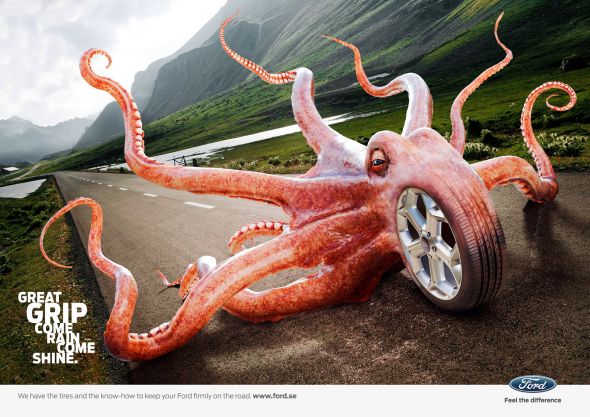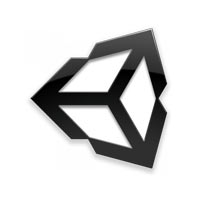RANDOM POSTs
-
Eye exercises
Read more: Eye exerciseshttp://www.seeing.org/techniques/
NEAR AND FAR—for improved focus and focusing speed when switching your gaze from close objects to distant objects (such as when checking gauges on a car as you drive). Preparation: Type a chart with six to eight rows of random capital letters, each letter about one-half inch tall (or as tall as necessary for you to read them from 10 feet away). Tack the chart to a wall and stand back 10 feet.
Exercise: Hold a pencil horizontally, with its embossed letters facing you, about six inches from your nose (or as close as possible without it looking blurry). Read any letter on the pencil, then read any letter on the chart. Keep doing this, switching back and forth as fast as you can without letting the letters blur. Over time: Do this with one eye covered, then the other.
PENCIL PUSHUPS—to promote eye teamwork. All you need is a pencil.
Exercise: Hold a pencil horizontally at eye level 12 inches from your face (or as far as necessary to see the pencil clearly). With both eyes, look at one particular letter on the pencil…keep looking while bringing the pencil closer to your face. If the letter blurs or doubles, it means that one eye is no longer accurately on target—so move the pencil back until the letter is clear once more…then try again to slowly bring the pencil closer while keeping the letter in focus.
THE “HOT DOG”—for improved flexibility of the muscles within the eye that allow the lens to change shape. No props are needed.
Exercise: With your hands at chest height about eight inches in front of you, point your index fingers and touch the tips together, so that your index fingers are horizontal. Gaze at any target in the distance and, without changing your focus, raise your fingers into your line of sight. Notice that a “mini hot dog” has appeared between the tips of your fingers. Still gazing at the distant object, pull your fingertips apart slightly—and observe that the hot dog is now floating in the air. Keep the hot dog there for two breaths…then look directly at your fingers for two breaths, noticing that the hot dog disappears. Look again at the distant object and find the hot dog once again. Continue switching your gaze back and forth every two breaths.
As your close-up vision improves, you may find that you need less-powerful reading glasses—or none at all—for your day-to-day activities.
-
Unreal Engine 3 official Samaritan real time demo
Read more: Unreal Engine 3 official Samaritan real time demohttp://www.gamespot.com/features/nvidias-kepler-gtx-680-powering-the-next-gen-6367388/
-
Tobia Montanari – Memory Colors: an essential tool for Colorists
Read more: Tobia Montanari – Memory Colors: an essential tool for Coloristshttps://www.tobiamontanari.com/memory-colors-an-essential-tool-for-colorists/
“Memory colors are colors that are universally associated with specific objects, elements or scenes in our environment. They are the colors that we expect to see in specific situations: these colors are based on our expectation of how certain objects should look based on our past experiences and memories.
For instance, we associate specific hues, saturation and brightness values with human skintones and a slight variation can significantly affect the way we perceive a scene.
Similarly, we expect blue skies to have a particular hue, green trees to be a specific shade and so on.
Memory colors live inside of our brains and we often impose them onto what we see. By considering them during the grading process, the resulting image will be more visually appealing and won’t distract the viewer from the intended message of the story. Even a slight deviation from memory colors in a movie can create a sense of discordance, ultimately detracting from the viewer’s experience.”
-
Unity3D training resources
Read more: Unity3D training resourceshttp://forum.unity3d.com/threads/69938-Unity-3-Video-Training-Course-%28FREE%29-Walker-Boys
http://walkerboystudio.com/html/unity_course_start_here__free_.html
http://www.vtc.com/products/Introduction-to-Game-Development-Using-Unity-3D-Tutorials.htm
http://gamedev.tutsplus.com/articles/how-to-learn/how-to-learn-unity/
-
How the VFX industry is recovering from last year’s strikes
Read more: How the VFX industry is recovering from last year’s strikesJonathan Bronfman, CEO at MARZ, tells us: “I don’t think the industry will ever be the same. It will recover slowly in 2024. The streaming wars cost studios too much money and now they are all reevaluating their strategies.”
He notes that AI will play a big role in how things shake out. “Technology is pushing out the traditional approach, something which is long overdue. Studios in Hollywood have been operating the same way for decades, and now AI will move them off their pedestal.
“The entire industry is in for a reckoning. I think studios would have come to this realisation eventually, so it was inevitable, but I think the pressure from the strikes accelerated this.”
https://www.vfxwire.com/how-the-vfx-industry-is-recovering-from-last-years-strikes/
-
Stefan Ringelschwandtner – LUT Inspector tool
Read more: Stefan Ringelschwandtner – LUT Inspector toolIt lets you load any .cube LUT right in your browser, see the RGB curves, and use a split view on the Granger Test Image to compare the original vs. LUT-applied version in real time — perfect for spotting hue shifts, saturation changes, and contrast tweaks.
https://mononodes.com/lut-inspector/

COLLECTIONS
| Featured AI
| Design And Composition
| Explore posts
POPULAR SEARCHES
unreal | pipeline | virtual production | free | learn | photoshop | 360 | macro | google | nvidia | resolution | open source | hdri | real-time | photography basics | nuke
FEATURED POSTS
Social Links
DISCLAIMER – Links and images on this website may be protected by the respective owners’ copyright. All data submitted by users through this site shall be treated as freely available to share.






